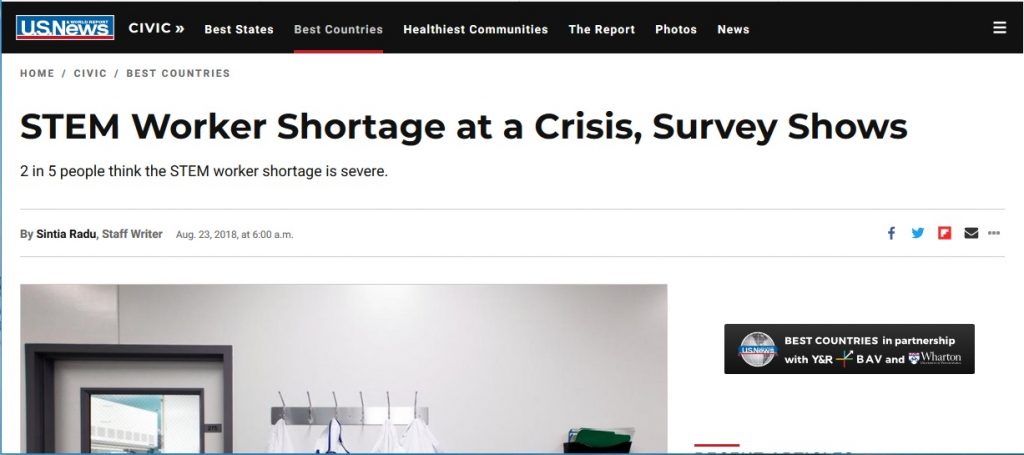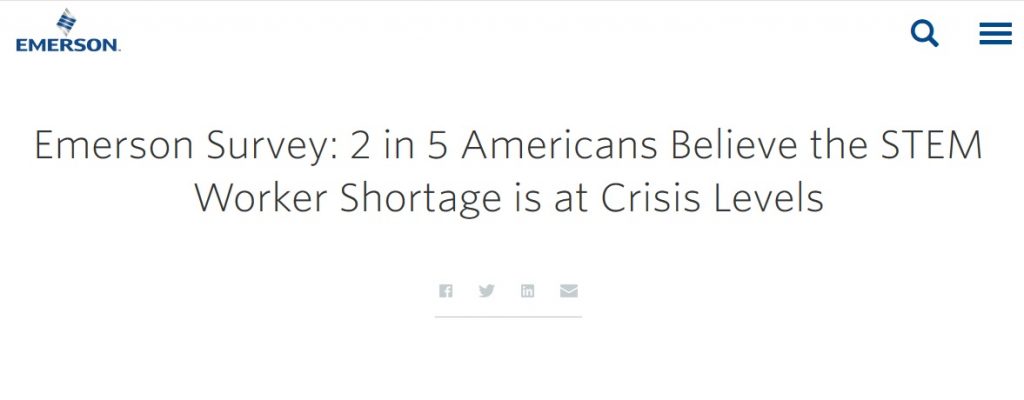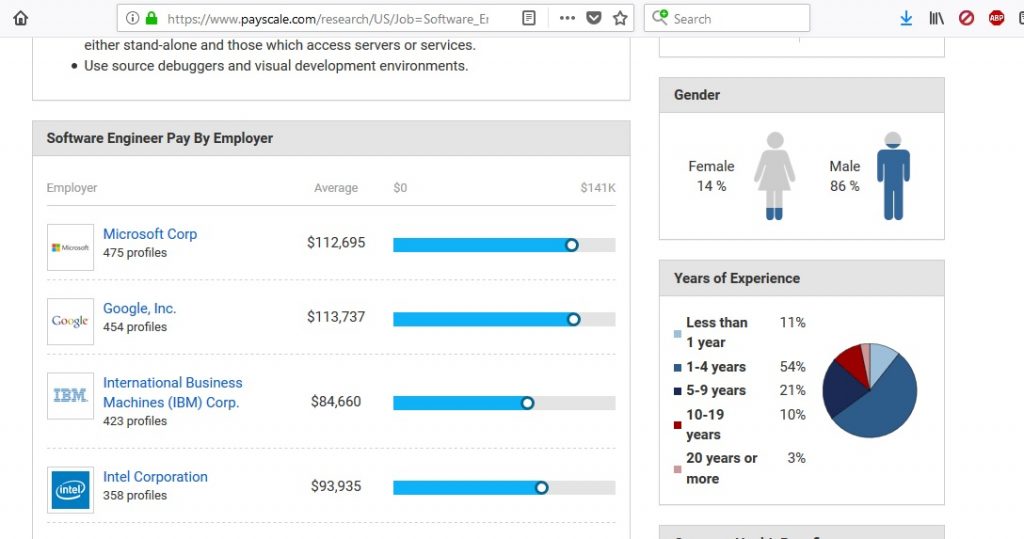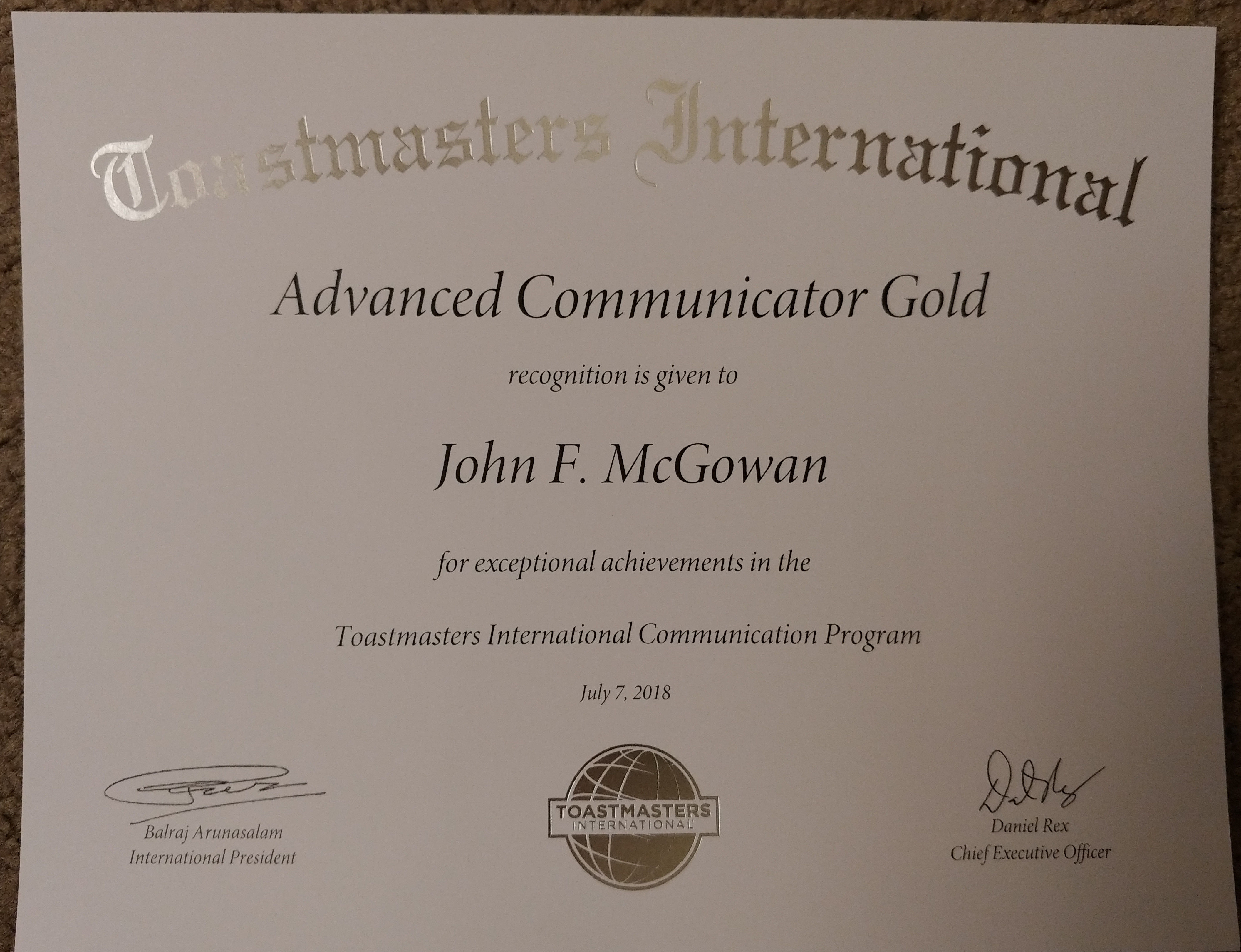US News and World Report posted a remarkably misleading article on the alleged STEM (Science, Technology, Engineering, and Mathematics) worker shortage, featuring the headline “STEM Worker Shortage at a Crisis, Survey Shows” based on a press release from Emerson, a Ferguson, Missouri based employer of STEM workers.

Note: A screenshot of this article on the US News and World Report web site taken on Saturday, August 25, 2018 is shown above in case the highly misleading if not inaccurate title is subsequently changed.
What is remarkable about this reporting is that the referenced survey of 2,000 Americans shows only that 2 out of 5 (40 %), a clear minority, believe there is a crisis. Phrased more accurately, a sizable majority of Americans (60 %) according to the survey do not believe there is a STEM worker shortage crisis!

Keep in mind this appears to be an opinion survey of what the general public believes, undoubtedly based primarily on mainstream media reporting on the purported STEM worker shortage, articles similar to this article in the US News and World Report. Despite the heavy repetition of unsubstantiated claims that there is a severe STEM worker shortage, most Americans don’t believe it according to this survey.
People believe many things, some true, some partly true, some false. The real question is what is true. Surveys of belief cannot answer this.
STEM Shortage Claims
STEM shortage claims are claims that there is a desperate or severe shortage of science, technology, engineering, and mathematics workers. This is often presented as a crisis threatening the nation — every year, year after year. STEM shortage claims in the United States date back at least to the late 1940’s after World War II. Despite large numbers of experienced STEM workers from gigantic war time engineering and science projects such as the Manhattan Project (the atomic bomb), the development of military radar, numerous aerospace engineering projects such as the development of the B-29 bomber and other World War II aircraft, the mass production of penicillin, and many other wartime military STEM projects, STEM employers nevertheless began to claim a desperate shortage in the nascent Cold War. These claims accelerated after the surprise October 4, 1957 launch of Sputnik by the Soviet Union.
Cold War STEM shortage claims focused on physics, aerospace engineering, and other STEM fields associated with nuclear weapons and rocketry. Since the end of the Cold War, STEM shortage claims have shifted to emphasize computers, electronics, electrical engineering, and especially software engineering or “coding” in the last few years.
STEM shortage claims are made by and promoted by most major STEM employers including Microsoft, Google, Apple, Facebook, and many others. Emerson is not unusual. Many of these employers work together through lobbying and non-profit organizations such as FWD.us, code.org, Compete America, and others to promote these claims usually in concert with lobbying for increases in guest worker visas such as the H1-B visa and increased funding for K-12 STEM education and government promotion of STEM careers to students and their parents.
With a few notable exceptions, large heavily advertising funded media organizations such as the US News and World Report, the so-called mainstream media (MSM), reports these claims uncritically today and has reported them uncritically for several decades, at least since World War II. This is true across the political spectrum. The liberal New York Times and the conservative Wall Street Journal both have a long history of supporting and repeating these claims.
Frequent STEM Layoffs
Despite the perennial claims of a severe shortage and the crisis language, STEM employers frequently layoff large numbers of supposedly rare and difficult to find STEM workers. Microsoft is a prominent but by no means unusual example of this. Despite testimony by Bill Gates to Congress in 2008 that the United States was facing a “severe shortfall of scientists and engineers,” Microsoft has laid off at least 35,000 STEM workers since 2008. This total does not include an unknown number of employees laid off through Microsoft’s stack and rank system until it was discontinued in 2013.
Overt layoffs and stealth layoffs such as stack and rank terminations often appear to target older, more experienced STEM workers. Older frequently means early 30’s or even late 20’s, far beyond what “age discrimination” means to most people outside of STEM professions. Note that the official age protected class under US federal law is 40 and above. STEM workers who look over 35 are rare or non-existent at many STEM employers.
Despite considerable anecdotal evidence, it is difficult to prove age or (anti) experience discrimination. Most STEM employers have refused to disclose detailed or even any data about the age, experience level, and length of tenure of their employees. The diversity reports released each year by Google, Apple, Facebook and several other high profile STEM employers purport to break down employment only by race, ethnicity and gender. No age data is provided. ProPublica recently published a detailed report on alleged age discrimination in extensive layoffs at IBM.
This lack of transparency regarding the age, experience level, and length of tenure of STEM employees means that STEM students, new college graduates, and recent college graduates are unable to assess their long term career and life prospects in STEM professions.
A relatively high paying career that lasts 5-15 years, frequently ending in the mid-30’s is very different from one that lasts until normal retirement age (65) or later.
Many US STEM Students and Workers
In practice, STEM shortage claims are closely associated with claims that STEM education in the United States is poor, US students cannot handle the difficult STEM courses at a K-12 level, US students are unable and uninterested in STEM fields, and consequently US K-12 schools produce too few STEM students.
In 2016, 308,215 students took the College Board’s Advanced Placement Calculus AB exam and 124,931 students took the AP Calculus BC exam. Of these, 183,486 students scored 3 or higher (out of 5) on the Calculus AB exam, considered passing. A total of 101,264 students scored 3 or higher on the more advanced Calculus BC exam, comparable to a first year Calculus course at a top STEM university. Thus, a total of 284,750 students took AP Calculus (AB and BC combined) and scored 3 or higher. In ten years, this is 2.8 million STEM students/workers. In 40 years, it is 11.2 million STEM workers/students.
There are currently about 5.3 million STEM workers employed in the United States and about 12.1 million STEM degree holders.
STEM Shortage Claimants Are Frequently Highly Profitable
Remarkably, despite the purported STEM shortage crisis, many prominent STEM Shortage claimants including Microsoft, Google, and Apple are highly profitable, reporting extraordinary revenues and profits per employee. In a genuine shortage, one would expect to see STEM salaries bid up substantially, eating into and eliminating the huge profits reported by Microsoft, Google, Apple, and many other STEM employers.
| Company | Revenues per Employee |
| Apple | $1,865,306 |
| $1,154,896 | |
| Microsoft | $732,224 |
| Amazon | $577,482 |
| Intel | $523,618 |
| Hewlett-Packard | $369,040 |
| IBM | $244,447 |
Source: Business Insider “Here’s how much tech giants like Apple and Google make per employee”, Oct. 6, 2015
| Company | Profit per Employee |
| Apple | $393,000 |
| Alphabet (Google) | $270,000 |
| Microsoft | $147,000 |
| $599,000 |
Source: Office Chai, “Here Are The Profits These 8 Tech Companies Make Per Employee“, December 26, 2017
According to the employment web site PayScale, only ten percent of software engineers make over $120,000 per year. PayScale provides average salaries for many STEM employers. Microsoft, for example, has an average software engineer salary of only $112,695 per year.

Note that the top one percent of income earners in the United States had an adjusted gross income of $465,626 or higher for the 2014 tax year according to the IRS. The highest paid ten percent of software engineers make much less than this, usually have several years of experience (at least five and often much more), and frequently live in regions such as the Silicon Valley with extremely high housing and rental costs.
Most salary surveys like Payscale do not adjust for regional cost of living, unstable employment (frequency of periods of unemployment), and career longevity, all major issues in evaluating the salaries of software engineers and other STEM workers. Nor do they adjust for actual hours worked (50-60 hours/week versus the more typical 40 hours per week in other professions) or chaotic or abusive working conditions.
Emerson Electric Co. (NYSE:EMR) reported total revenues of $15.26 billion in 2017 with a net income after extraordinaries (the bottom line) of $1.52 billion. Emerson reported about 76,500 employees in 2017 to the Securities and Exchange Commission (SEC). This is a revenue per employee of about $206,000 and a net income per employee of about $19,800. Emerson has been solidly profitable for at least the last five years. While not as extraordinary as Apple, there is little evidence of a STEM shortage crisis in Emerson’s financial reporting.
There is no evidence of the purported STEM worker shortage/crisis in the glowing financial statements of many prominent STEM shortage claimants.
Conclusion
The recent US News and World Report article on the alleged STEM worker shortage crisis is a particularly extreme example of the frequent uncritical repetition of STEM shortage claims from STEM employers such as Emerson by most of the mainstream media. This slavish repetition of misleading and even false corporate press releases undoubtedly is a major contributing factor to the decline in the credibility of the major media.
(C) 2018 by John F. McGowan, Ph.D.
About Me
John F. McGowan, Ph.D. solves problems using mathematics and mathematical software, including developing gesture recognition for touch devices, video compression and speech recognition technologies. He has extensive experience developing software in C, C++, MATLAB, Python, Visual Basic and many other programming languages. He has been a Visiting Scholar at HP Labs developing computer vision algorithms and software for mobile devices. He has worked as a contractor at NASA Ames Research Center involved in the research and development of image and video processing algorithms and technology. He has published articles on the origin and evolution of life, the exploration of Mars (anticipating the discovery of methane on Mars), and cheap access to space. He has a Ph.D. in physics from the University of Illinois at Urbana-Champaign and a B.S. in physics from the California Institute of Technology (Caltech).

